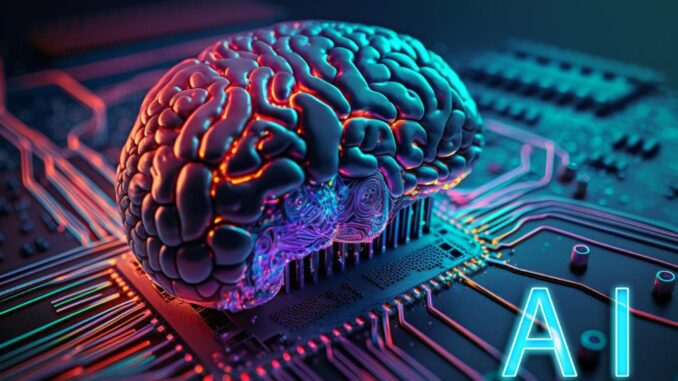
AI uncovers hidden patterns through a combination of advanced algorithms, statistical methods, and large datasets. Here’s a breakdown of how this process works:
1. Data Collection – Diverse Sources: AI systems can aggregate data from various sources, including structured databases (tables, spreadsheets) and unstructured data (text, images, videos, etc.).









– **Volume**: The sheer volume of data available today provides a rich tapestry for AI to analyze. Examples include social media interactions, transaction records, and sensor data from IoT devices.
### 2. **Data Preprocessing**
– **Cleaning**: Removing errors, duplicates, and inconsistencies from the dataset to ensure that the analysis is based on high-quality data.
– **Normalization**: Standardizing data formats and scales to allow for better comparison and analysis.
– **Feature Engineering**: Identifying and creating relevant features (attributes or variables) that can provide insights during the analysis.
### 3. **Exploratory Data Analysis (EDA)**
– **Visualization**: Using graphical representations (charts, graphs) to uncover initial trends and relationships within the data.
– **Statistical Analysis**: Employing methods to identify correlations, distributions, and moments in the data, helping to structure further analysis.
### 4. **Machine Learning Techniques**
– **Supervised Learning**: Involves training models on labeled data, where the algorithm learns patterns that relate input features to specific outcomes.
– **Unsupervised Learning**: Used to find patterns in data without prior labels. Clustering and dimensionality reduction techniques (like K-means and PCA) help in identifying groupings and structures within the data.
– **Deep Learning**: Utilizes neural networks with multiple layers to process and analyze complex datasets, effectively finding intricate patterns that simpler models might miss.
### 5. **Pattern Recognition**
– **Classification**: Assigning data points to categories based on learned patterns. For example, classifying emails as spam or not spam based on previous examples.
– **Clustering**: Grouping similar data points together, which helps in identifying natural segments or classifications in the data, such as customer segments in marketing.
### 6. **Predictive Analytics**
– **Trend Analysis**: Using historical data to predict future events or behaviors. This often involves time-series analysis to extract meaningful features from data collected over time.
– **Anomaly Detection**: Identifying unusual data points that do not fit established patterns, which can indicate fraud, network security threats, or other critical insights.
### 7. **Continuous Learning**
– AI systems can adapt and refine their models based on new data. This iterative process helps improve accuracy and the ability to uncover new patterns as they emerge.
### 8. **Interpretation and Application**
– **Insights Generation**: The patterns identified by AI models can then be interpreted to generate actionable insights for decision-making.
– **Visualization of Results**: Tools and dashboards can present findings in a user-friendly manner, allowing stakeholders to understand and leverage hidden patterns effectively.
### Conclusion
Through these processes, AI not only uncovers hidden patterns but also translates them into insights that drive decision-making across various fields, including finance, healthcare, marketing, and more. As AI technologies continue to evolve, their ability to reveal and leverage hidden patterns will only become more sophisticated and valuable.


Leave a Reply